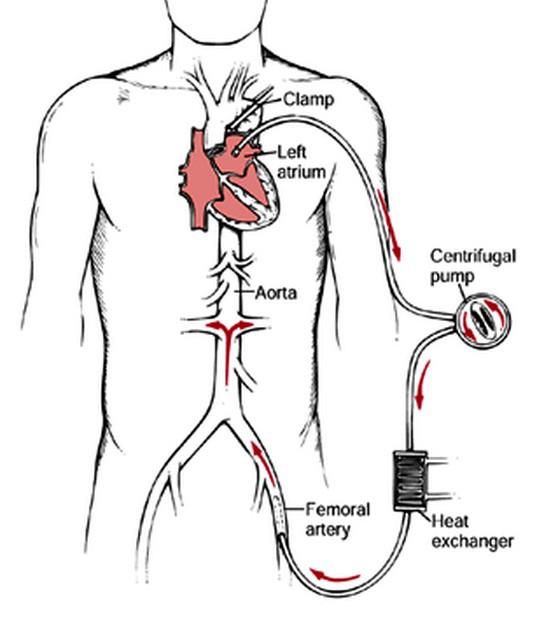Perfusion Policies 101: Left Heart Bypass

“Most clinicians, when challenged as to what the basis is that they referenced a clinical decision on, will obviously defer to their residency or training program and cite a clinical policy- whether institutionally based, or part of the public domain.”
![]()
Editor’s Note:
Welcome to PERFUSION POLICIES 101. This will be a continuing series provided to assist your programs with that one puzzle piece we all run into now and then- that one time that an unexpected patient condition may give you pause…
The intention here is to disseminate some basic recipes that have probably been implemented at countless institutions, for God knows how long. The usual disclaimers obviously apply:
Due Diligence is the Responsibility of the Reader!
Use the information as you feel fit, recognizing that this is information gleaned from multiple sources, it is recruited from the public domain of the internet, with no implied assurance of accuracy- but is cogent, and based on logical and reasonable clinical rationale.
Frank Aprile 🙂
Left Heart Bypass
Left Heart Bypass
=
Left heart bypass is utilized to remove oxygenated blood from the left atrium and return it to the distal descending aorta or femoral artery. This procedure allows repair or replacement of the descending thoracic aorta while regulating blood flow, minimizing surface area contact activation, and reducing heparin requirements.
Equipment
ECMO Circuit
#26 right-angled, wire-reinforced aortic annula or an appropriate-sized cannula for left aorta drainage
#20 right-angled, wire-reinforced aortic cannula or an appropriate-sized cannula for pump return into the distal aorta or femoral artery.
2 3/8” x 3/8” leur lock connectors
Large-bore stopcocks
Cellsaver Citrate drip may be required instead of heparin
Heparin (100 U/kg)
Perfusion of the renal vessels
1-multiple perfusion cannula (14000 DPL)
Cardioplegia line
Perfusion adapter
Large-bore stopcock on 3/8” x 3/8” leur tubing connector
Medtronic heat exchanger and 3/8” bypass bridge may be included
Procedure
Set up and prime the bypass circuit. A Sorin heat exchanger and 3/8” bypass may be included in the system should heat loss become a problem necessitating active rewarming. Place the large-bore stopcock on one of the 3/8” x3/8” leur connectors for perfusion of the visceral or renal vessels if necessary. Recirculate prime until circuit is needed. Before initiating bypass, remove the outflow from the cardiotomy reservoir and connect tot the 3/8” connector to complete the loop with the patient. Pass loop to the table for separation and cannulation by the surgeon. Heparin (100 U/kg) is given before initiation of bypass. ACTs should be maintained between 180-200s.
Notes
- Flows are generally maintained between 1.5-3.0 liters/min.
- Monitoring of upper and lower extremity pressures is ideal to assess flow requirements
- 2 mEq/kg/h of sodium bicarbonate drip may be given by anesthesia.
- Visceral and renal perfusion may be facilitated by using 9-F Pruitt irrigation occlusion catheters, a 3/8”x 3/8” x ¼” Y connector, a ¼” male leur hemoconcentration line, and a DLP multiple perfusion adaptor. The 3/8” arterial line can be cut at the table and the 3/8”x 3/8” x ¼” Y connector is added with the ¼” hemoconcentration line connected to the ¼” arm of the connector, and the male leur end of the hemoconcentration line is secured to the multiple perfusion adaptor. Individual arms of the multiple perfusion set are connected to the Pruitt catheters for individual vessel perfusion.
- Rapid infusion may be necessary following bypass after the distal aortic clamp is removed. This can be accomplished by adding a cardioplegia line to the luered port of the 3/8” connector on the arterial line along with a perfusion adaptor and large-bore stopcock for anesthesia access. When bypass is terminated, pump volume should be chased or carefully recirculated to prevent stagnation and thrombus formation. Please doulble clamp all lines and use extreme caution when using and open cardiotomy for volume infusion.



